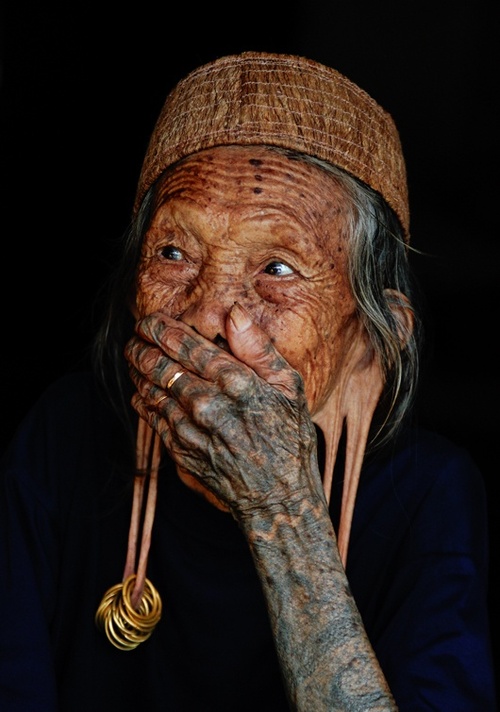Written by Muhammad Dudi Hari Saputra MA., The Lecturer at the University of Kutai Kartanegara.
In 2014, East Kalimantan province ranks as the fifth largest contributor to GDP in Indonesia, note as a large income is not that unusual for an area been recognized for having abundant natural resources such as oil, gas, and mining. Behind great wealth, there are positive and negative indicators related to the province of East Kalimantan.
The first is the poverty level compared to other provinces in Kalimantan. East Kalimantan has an inferior position because of a large percentage of poverty, ie 6% and exacerbated because East Kalimantan development was negative for 2015 and 2016. Though, for HDI (human development index), the province of East Kalimantan has better achievement in Kalimantan and national level, with the highest HDI achievement of rank 4th in Indonesia (BPS, 2017).
These statistics show the richness of East Kalimantan has not been able to reduce poverty, as happens unequitable development in rural areas which are isolated because of lack of infrastructure. And the fact that the economy is still concern dependent on oil, gas, and mining. In the percentage reached 86% or more (Business com. 2015). And these have some drawbacks.
The primary sector cannot be renewable and will be depleted. Oil, gas, and mining are capital-intensive economy, so economically the access only touched by certain classes, thus the equitable development of economy and income is difficult to be implemented, it is not surprising that the poverty rate in East Kalimantan is quite high, unless there is intervention of government injection through pro-development and welfare budget policy.
However, appreciation is given to the achievements of human development index by the Government that was able to maintain and enhance human growth index trend in East Kalimantan.
In addressing this, it is necessary to have a common position of all actors in East Kalimantan economy; involves the government, private sector and communities in preparing and accelerate the development of East Kalimantan agenda whose orientation is no longer in the oil and gas and mining, but the manufacturing sector derived products, plantations, trade and financial services (East Kalimantan vision in 2030).
Moreover, Indonesia is currently trying to reach alternative markets to the region of Southeast Asia and the Pacific (Diplomacy Magazine, 2015). So East Kalimantan must have a vision of an innovative and competitive economy to respond to global market demand.
Kaltim Vision to remove dependence on extractive products sector (raw materials) such as oil, gas and mining, in accordance with the actual direction of regional economic policy organization, namely the ASEAN Economic Community, with a focus on the economic improvement of the region with the spirit of competition and the single market and production base (current free trade for goods, services, investment, skilled labor and capital).
Then it should be the under of a vision for post-era of natural resources development in East Kalimantan, and must not be accelerated in 2030, instead of 2018 to 2023. Next leader is expected to be able to manifest the cooperative attitude and real action for a regional organization, national and local governments. Thus optimal results can be achieved, either at local, national, regional and even global scale.

